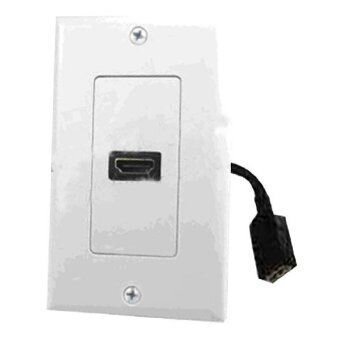Mounting a 55" LED on the wall and planning to run the wires/cables behind the wall.
Will this be a problem: the wall itself is stuffed w/ pink insulation.
Can I run a power cord (w/ extention), 4 HDMI and a USB extension along side pink insulation or would this be a
fire hazzard?
Cheers, K
Will this be a problem: the wall itself is stuffed w/ pink insulation.
Can I run a power cord (w/ extention), 4 HDMI and a USB extension along side pink insulation or would this be a
fire hazzard?
Cheers, K


